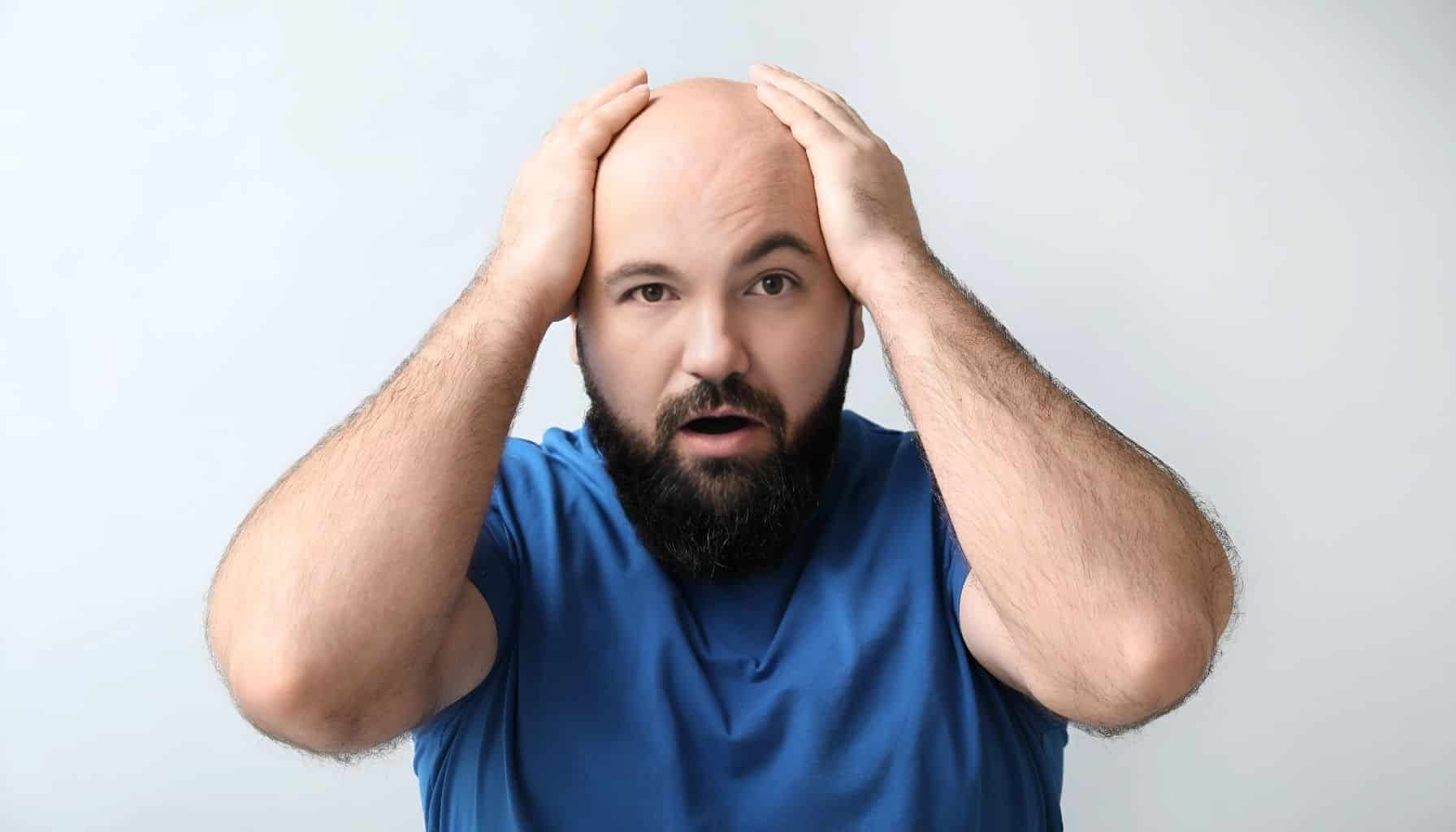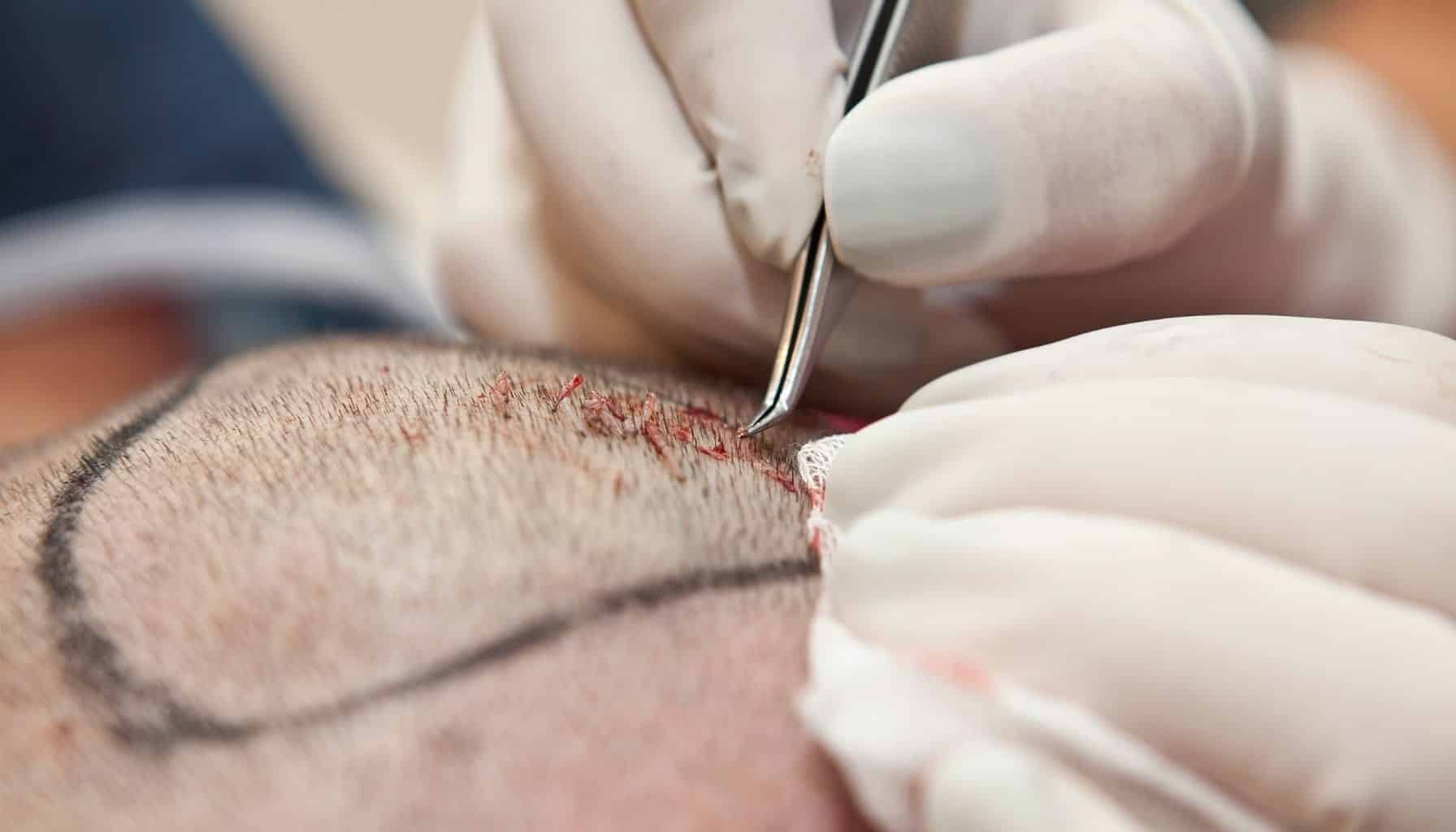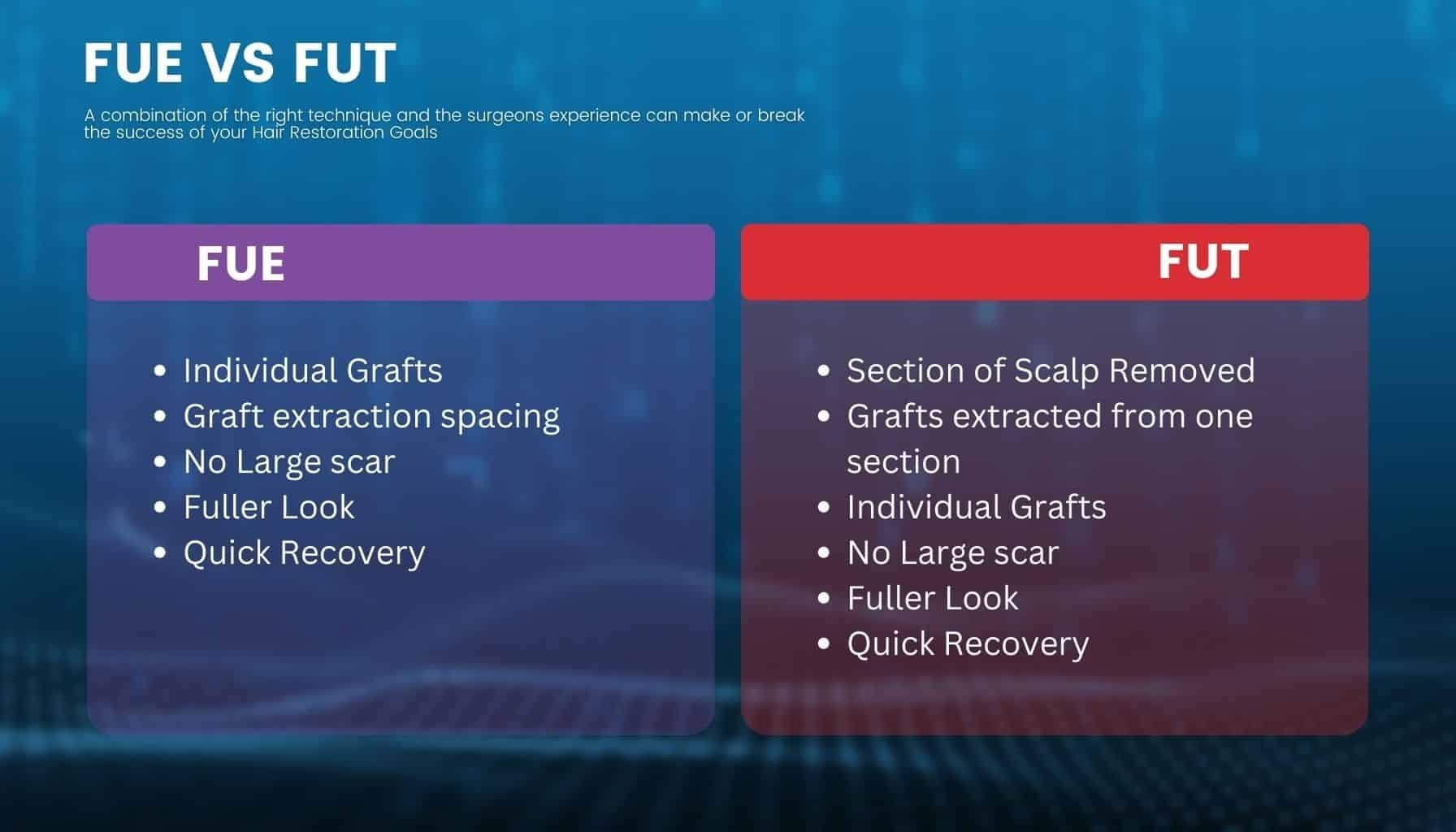
Embarking on a hair transplantation journey is more than just a cosmetic choice; it’s a significant step toward revitalizing your appearance and boosting your self-esteem. However, the path to successful hair restoration is fraught with potential pitfalls. From choosing the wrong surgeon to having unrealistic expectations, understanding and avoiding these common mistakes can make all the difference in achieving the best possible outcome.
Understanding Hair Transplant Risks

While hair transplants are generally safe and effective, it’s essential to be aware of the potential risks and complications that can arise. Understanding these risks can help you make informed decisions and take steps to minimize them, ensuring a successful hair restoration journey.
What Can Go Wrong with a Hair Transplant?
Even with the best planning and execution, hair transplants can sometimes encounter issues. Here are some common risks and complications to be mindful of:
Infection: As with any surgical procedure, there is a risk of infection. This can be minimized by following proper hair transplant aftercare tips and attending all follow-up appointments with your surgeon. Keeping the scalp clean and adhering to prescribed medications can significantly reduce this risk.
Scarring: Hair transplant scarring is a potential outcome, especially if the procedure is not performed by a skilled and experienced surgeon. However, modern techniques like Follicular Unit Extraction (FUE) and Follicular Unit Transplantation (FUT) can minimize scarring when done correctly. Proper aftercare also plays a crucial role in reducing visible scars.
Unnatural-looking Results: A botched hair transplant can result in unnatural-looking hair. This can occur due to poor graft placement, inadequate donor hair, or unrealistic expectations. Choosing a reputable surgeon and having a clear understanding of what can be achieved are key to avoiding bad hair transplant results.
Hair Loss: In some cases, hair transplants can lead to further hair loss, particularly if the procedure is not performed correctly or if the patient has underlying hair loss conditions. Ensuring that you are a suitable candidate and that the procedure is done by a professional can help prevent this issue.
Numbness or Tingling: Some patients may experience numbness or tingling sensations in the scalp post-procedure. This is usually temporary and resolves on its own within a few weeks. However, it’s important to discuss any concerns with your surgeon during follow-up visits.
By being aware of these potential risks, you can take proactive steps to ensure a successful hair transplant and avoid common hair transplant errors.
Choosing the Right Hair Surgeon Without Doing Your Homework

Selecting the right surgeon is arguably the most crucial decision in your hair transplant journey. Professional hair transplant clinics offer the expertise and experience necessary to avoid a failed hair transplant. It’s not just about finding someone with the right credentials; it’s about ensuring they have the experience and expertise necessary to avoid a failed hair transplant. The internet is filled with flashy advertisements and promises, but don’t let these distract you from doing thorough research.
Start by investigating patient reviews and before-and-after photos to gauge the surgeon’s results. Verifying their credentials and experience with hair restoration techniques is also essential. Schedule consultations with multiple clinics to compare their approaches and comfort levels. During these consultations, ask detailed questions about the surgeon’s experience, success rates, and the specific techniques they use. A reputable and experienced surgeon will be transparent and open to discussing these aspects, helping you make an informed choice.
Ignoring Proper Hair Transplant Aftercare
Proper aftercare is a critical yet often underestimated component of a successful hair transplant operation. Think of it as the final piece of the puzzle that ensures your procedure transitions from good to great. Neglecting post-operative care can lead to complications like poor hair growth, infections, or noticeable hair transplant scarring. Your surgeon will provide specific instructions on how to care for your scalp, including guidelines on washing, medications, and activity restrictions.
Following these instructions meticulously is crucial for supporting the healing process and maximizing the health of your newly transplanted hair follicles. Attend all scheduled follow-up appointments to allow your surgeon to monitor your progress and address any issues promptly. Patience is essential, as hair growth is gradual and the final results may not be visible for several months. Adhering to your aftercare routine is vital for achieving the best outcome.
Overlooking the Quality of Donor Hair
The quality of your donor hair is fundamental to the success of your hair transplant. The quality of your donor hair is fundamental to the success of your hair restoration surgery. The health and density of the hair grafts taken from the donor area play a significant role in determining the outcome of the procedure. If the donor hair is not in optimal condition, it can severely impact the results.
Discuss the state of your donor area with your surgeon during your initial consultations. They should assess its health and suitability for harvesting.
Understanding the type of grafts used and ensuring the extraction process doesn’t damage the donor area are also important. Overharvesting can lead to thinning or bald patches in the donor site. A skilled surgeon will balance the need for grafts with preserving the health of the donor area.
Hair Transplant Procedure Considerations

Understanding the hair transplant procedure is crucial for setting realistic expectations and ensuring a smooth experience. Here’s a breakdown of what you can expect during the process:
Understanding the Hair Transplant Procedure
A hair transplant involves moving hair follicles from one part of the body to another, typically from the back and sides of the head to areas experiencing hair loss. The procedure generally includes the following steps:
Consultation: The journey begins with a thorough consultation with a qualified hair restoration surgeon. During this meeting, the surgeon will assess your hair loss, discuss your goals, and determine the best approach for your hair transplant. This is also the time to ask questions and understand the potential outcomes.
Preparation: On the day of the procedure, the surgeon will prepare both the donor and recipient areas. This involves cleaning and disinfecting the scalp and administering local anesthesia to ensure comfort throughout the hair transplant surgery.
Harvesting: The next step is harvesting the donor hair follicles. This is typically done using advanced techniques like FUE, which extracts individual follicles without causing significant damage. The goal is to ensure high hair graft survival rates and minimal impact on the donor area.
Dissection: Once harvested, the follicles are meticulously dissected into individual grafts. This step is crucial for preparing the grafts for transplantation and ensuring they are in optimal condition.
Transplantation: The prepared grafts are then carefully transplanted into the recipient area. The surgeon will strategically place each graft to achieve a natural-looking hairline and density. This step requires precision and expertise to avoid a bad hair transplant.
Aftercare: Post-procedure, the surgeon will provide detailed aftercare instructions. This includes guidelines on washing, medications, and activity restrictions to support the healing process and maximize the health of the transplanted hair follicles. Proper hair transplant aftercare is vital for preventing complications and ensuring the best possible results.
Choosing a qualified and experienced surgeon is paramount to the success of your hair transplant. A good surgeon will take the time to understand your unique situation, use the latest techniques, and provide comprehensive aftercare support. By following their guidance and understanding the procedure, you can significantly enhance your chances of a successful hair transplant and enjoy the benefits of restored hair and confidence.
Setting Unrealistic Expectations

Managing your expectations is one of the biggest challenges in the hair transplant process. Understanding why hair transplants fail can help you set more realistic goals. While modern hair restoration techniques can deliver impressive results, it’s important to have a realistic understanding of what can be achieved. Hair transplants are a gradual process, and immediate results are not to be expected. The full benefits of the procedure may take several months to become evident.
Before undergoing the transplant, have a candid discussion with your surgeon about what you can realistically expect. They should provide a clear and honest assessment of the potential outcomes based on your individual case. Educate yourself about the entire process and set realistic goals to help you remain positive and patient as you wait for your hair to grow and settle.
Ineligibility for Hair Transplants
Not everyone is a suitable candidate for hair transplants. Factors such as insufficient donor hair, certain medical conditions, and unrealistic expectations can affect your eligibility. Additionally, factors like improper graft distribution and inexperienced surgeons can lead to failed hair transplants.
It’s crucial to consult with a qualified surgeon to determine if you are a good candidate for the procedure. The surgeon will evaluate your hair loss pattern, the condition of your donor hair, and your overall health to make this determination.
Outdated Hair Transplant Techniques
Using outdated hair transplantation techniques can lead to suboptimal results, including scarring and hair transplant failure. It’s important to choose a clinic that employs modern and advanced techniques such as Follicular Unit Extraction (FUE) or Follicular Unit Transplantation (FUT). These methods have higher success rates and cause minimal scarring compared to older techniques like hair plugs. A reputable clinic will utilize the latest technology to ensure a successful and aesthetically pleasing outcome.
Choosing a Clinic Based on Price Alone

While cost is an important consideration, it should not be the sole factor in selecting a hair transplant clinic. Professional hair transplant clinics offer the expertise and quality care necessary for successful outcomes.
Opting for the “cheapest” option can sometimes result in a hair transplant gone wrong, leading to unsatisfactory results and potentially costly corrective procedures. Evaluate clinics based on a range of factors including the surgeon’s expertise, the clinic’s reputation, and the overall quality of care.
Assess the value offered by each clinic, which includes the surgeon’s qualifications, the clinic’s track record, and the level of patient care. Be cautious of deals that seem too good to be true; they may indicate substandard practices or hidden costs. Investing in a reputable clinic and experienced surgeon often results in better outcomes and fewer complications in the long run.
Conclusion: Successful Hair Restoration
Navigating the world of hair transplants requires careful planning and informed decision-making. By avoiding these common mistakes—choosing the right surgeon, adhering to proper aftercare, ensuring the quality of donor hair, setting realistic expectations, and evaluating clinics based on value rather than just cost—you can significantly enhance your chances of a successful hair restoration. A thoughtful and well-researched approach will lead to not only a fuller head of hair but also renewed confidence and satisfaction.

